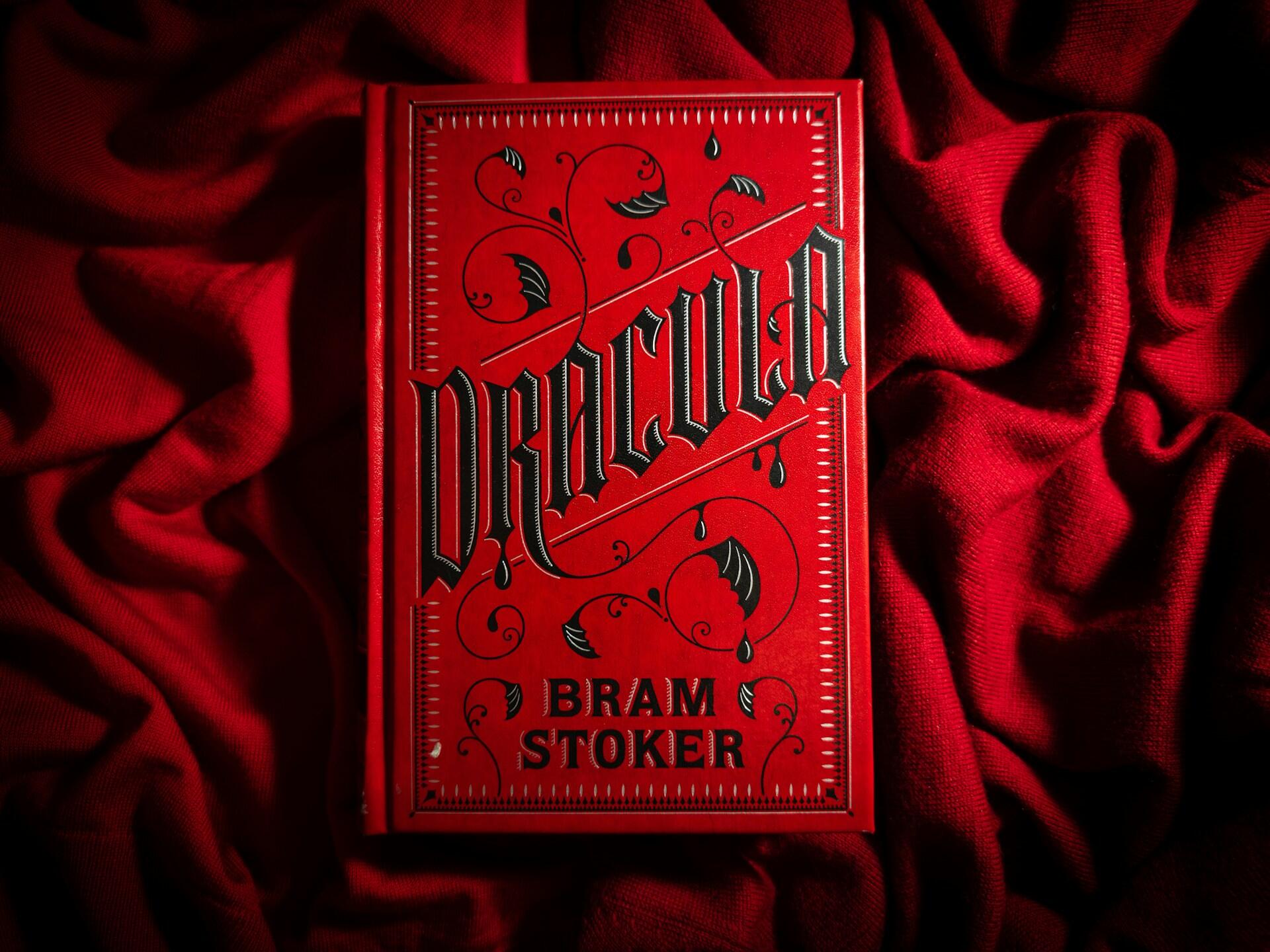Bram Stoker wrote Dracula in 1897; by that time, Victorian sensibilities were fully entrenched. Views on sexuality and fears of disease, as well as fearing the unknown, dominated social thought. Along comes Count Dracula, an unknown 'other', a being people cannot explain their loathing towards. With his work, author Stoker captured and unleashed all the late-Victorian anxieties in one epistolary novel.
Dracula Analysis: What to Know About this Gothic Novel
- Dracula combines gloomy Gothic elements with Victorian-era anxieties.
- The tale represents a struggle between modern, rational thought and ancient evil.
- The story seems authentic thanks to its format: letter exchanges, news clippings and so on.
- In many ways, it challenged Victorian sensibilities, particularly views on women's sexuality.

Summary: An Overview of the Tale of Dracula
Vampire tales invariably give readers scenes of dark seduction and the promise of eternal life. Or, at least, a very hard-to-end life.
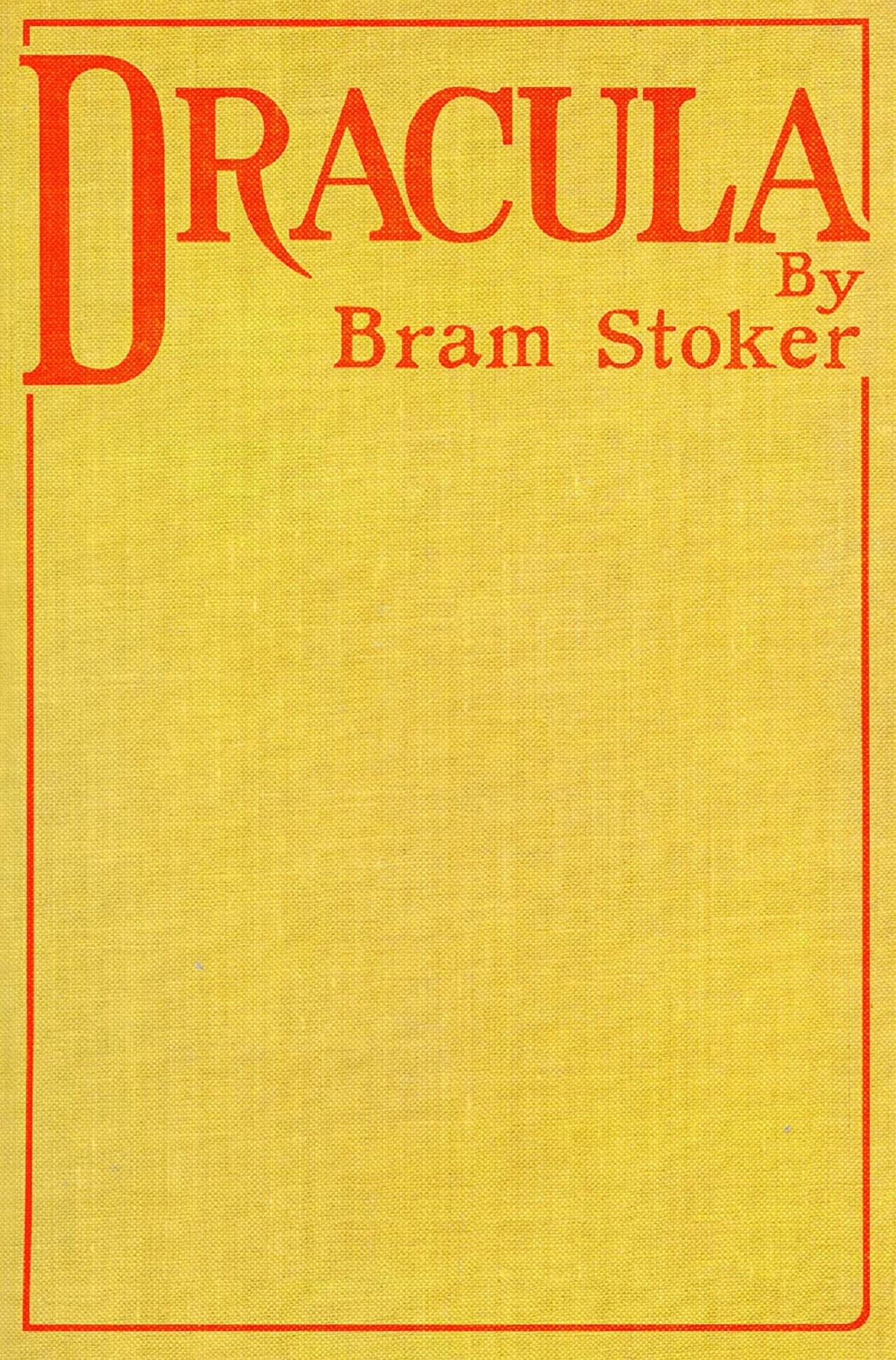
What makes mildly erotic hypnotism and living beyond one’s natural lifespan so frightening? In another article, you’ll read about the origins of vampire lore - early vampires, and its spread around the world. Here, we talk about the most famous of vampires, Count Dracula.
An English solicitor, Jonathan Harker, has just received his certification to practise law. He responds to a request to help a certain Count Dracula buy a property near London. He travels to the count's castle in the Carpathian Mountains, a remote, gloomy setting. The castle itself is in a state of disrepair.
The Count welcomes him before warning the young lawyer not to wander the castle at night. The Englishman ignores that warning and has an encounter with three vampire women. Count Dracula saves him by giving the she-vampires a child to feast on. Later, Dracula leaves Harker on his own and, from that point, the vampire's tale branches off from Harker's saga.
Dracula's story
- he sets sail for England
- the ship's crew disappears one by one
- only the captain remains
- a dog leaps from the ship onto England's dock
- people begin falling ill
Harker's story
- he escapes the vampire women
- ends up delirious in the hospital
- his fiancée rushes to his side
- they marry once he's well
- they return to England
Harker is the only person who knows exactly who and what the vampire is. He joins a group of men intent on hunting Dracula. They ultimately succeed, both in tracking down Dracula and ending his life, and in breaking the curse that doomed Harker's wife to become a vampire.
The group discovers that vampires can only rest on dirt from their homeland. Count Dracula travelled with boxes of 'home dirt'. This knowledge allowed the group to corner the vampire.
Unlike Frankenstein's tragic creature, Count Dracula is vile through and through. At least, from a human perspective. In reality, Dracula makes no excuses for himself, nor does he suppress his nature. One might argue that being true to oneself is a virtue, but that ran contrary to Victorian sensibilities.
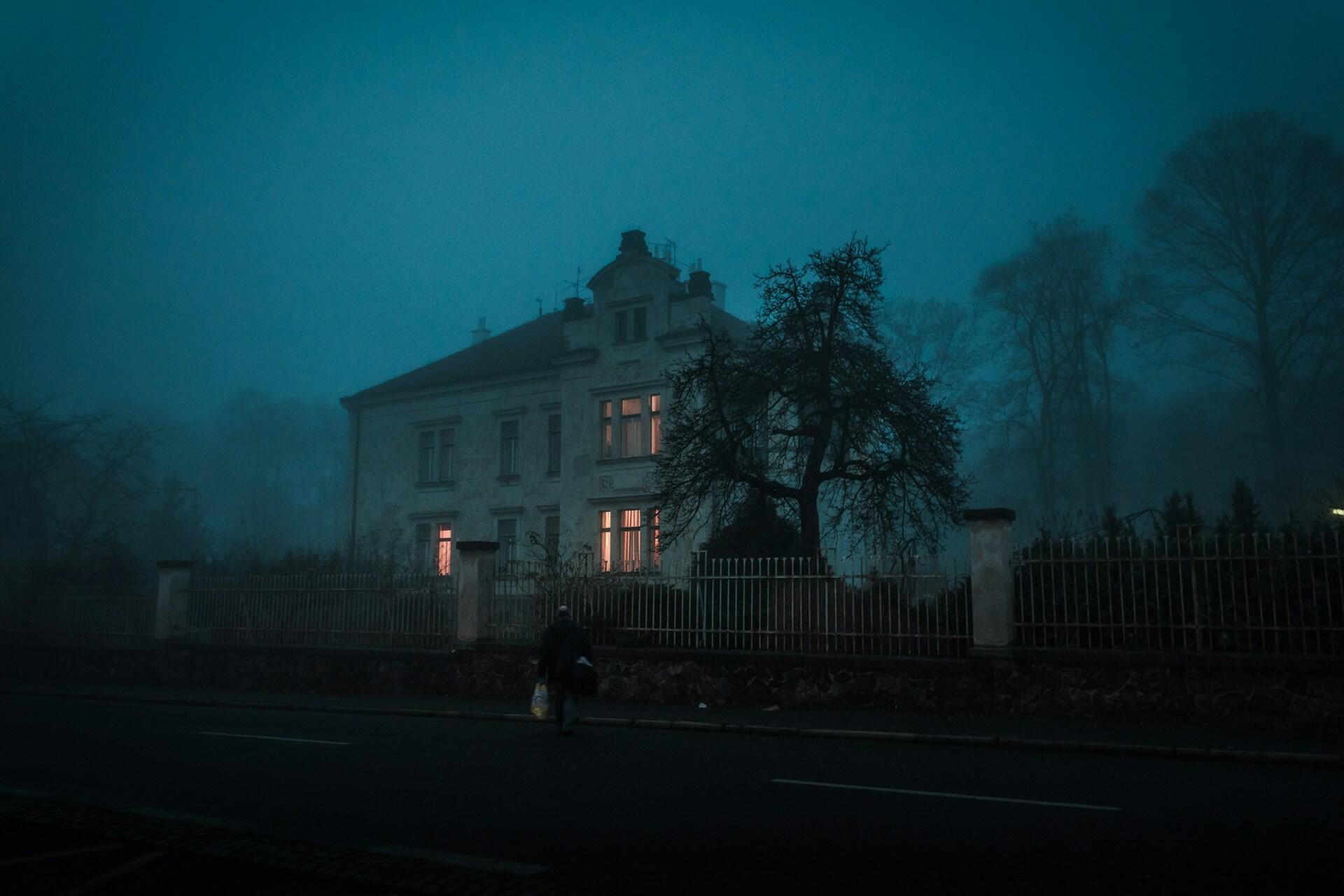
Dracula in Context: Late-Victorian Ideas
The late-Victorian era was a time of high anxiety. People clung to social and religious ideas, fearing any change in the status quo. Written works upheld - one might say preached - moral standards, often posing as cautionary tales. Bram Stoker's vampire tale casts all that aside.
Mina Takes Charge
Victorian women are typically portrayed as passive, weak, and somewhat dull. Harker's partner, Mina, is anything but. Upon learning that her fiancé has taken ill, she immediately sets off on her own, to a strange land, to nurse him back to health.
Though she ultimately falls under the vampire's curse, she uses her connection with him to help the men hunt him down. Indeed, she leads the men right to the vampire. So much for passive Victorian women!
Exploring New Technologies
Author Stoker wrote this work long after the Luddite riots (1811-1813) that protested against job-stealing machinery. However, Victorian England still feared new technologies' effects on economic potential and social order.
Vampire hunters used an array of modern tools in their quest. Those included typewriters and telegraphs, phonographs and even modern rifles. They used novel science techniques to track Dracula down; Mina's telepathic link is a prime example of such.
Trying to save Lucy, the doctor gives her four blood transfusions.
This was a new, scary procedure in those days.
The author makes this point subtly but repeatedly throughout the story: technology can be both good and bad. It's wonderful that Lucy survived thanks to those interventions, but her survival is an invitation for the vampire to strike again. In Victorian England, it was best not to chance anything lest something bad should come of it.
Robert Lewis Stevenson's tale, The Curious Case of Dr Jekyll and Mr Hyde is another tale rich in Victorian sensibility. We see an upstanding citizen - a doctor, no less! - give in to his basest desires, much as Dracula does.

Themes in Dracula
To this day, this tale has an impact on the literary canon and on society. Its overarching theme of good versus evil drives plots in Marvel Cinematic Universe movies, as well as ordinary blockbuster films. But Dracula gives readers many more angles to think about, as this chart reveals.
| 📖Theme | 🔍How it manifests |
|---|---|
| Good versus evil | Primarily through the religious lens. Vampire hunters are good; the vampire is evil. |
| Light and dark | The vampire operates in the shadows; the hunters use enlightened thinking to triumph over the vampire's darkness. |
| Salvation | Toward the end of the story, Lucy and other vampires are released from their curse; their souls are granted peace and purity. |
| Technology versus tradition | The hunters use a variety of tools to hunt and end the vampire menace. The vampire is still rendered powerless in the presence of garlic, a traditional 'antidote'. Garlic as the ultimate weapon proves the limits of scientific understanding. |
| Gender roles | Despite the men withholding information, Mina leads the charge against the vampire. Lucy's 'promiscuity' is most evident in the erotic submission to the vampire's bite. The she-vampires represent women as lustful, wanton, dark creatures. |
| The unknown 'other' | The foreigner, Dracula, threatens civil society, makes property his own, He represents an invasion, a threat to the country's cultural and racial purity. |
| The evil of money | Wealthy Dracula buys properties across London, establishing a dark presence on the city. |
| Madness | Supernatural events cause the characters to question their sanity. Dracula uses a madman to gain access to an asylum and, thus, to Mina. |
Vampire Literature Symbolism
As religion mattered a great deal in those days, the author made sure to include many religious symbols in his story. He gives the Dutch polymath doctor, Van Helsing, the responsibility of using them properly. In his arsenal, we find crosses, communion wafers, rosaries, and holy water.
Besides religious symbols, the Catholic doctor resorts to garlic for protection against the vampire. That is a throwback to ancient vampire lore from Eastern Europe.
Heroic beings having an irresistible weakness is not new. To this day, people refer to their Achilles' heel when describing something they can't fight against. Americans like to say [whatever] is their kryptonite, referencing their culture's first superhero. So, vampires becoming powerless when garlic is present is nothing unusual.
Remarkably, we don't place vampires in the Mediaeval monster catalogue, despite vampire lore being around as long as Grendel' tale.
The Metaphor: Gothic Vampire Dracula Meaning
In many ways, Bram Stoker's work held a mirror up to Victorian society and reflected all its fears back at it. We might say that this work stands as a metaphor for all that this era represented.
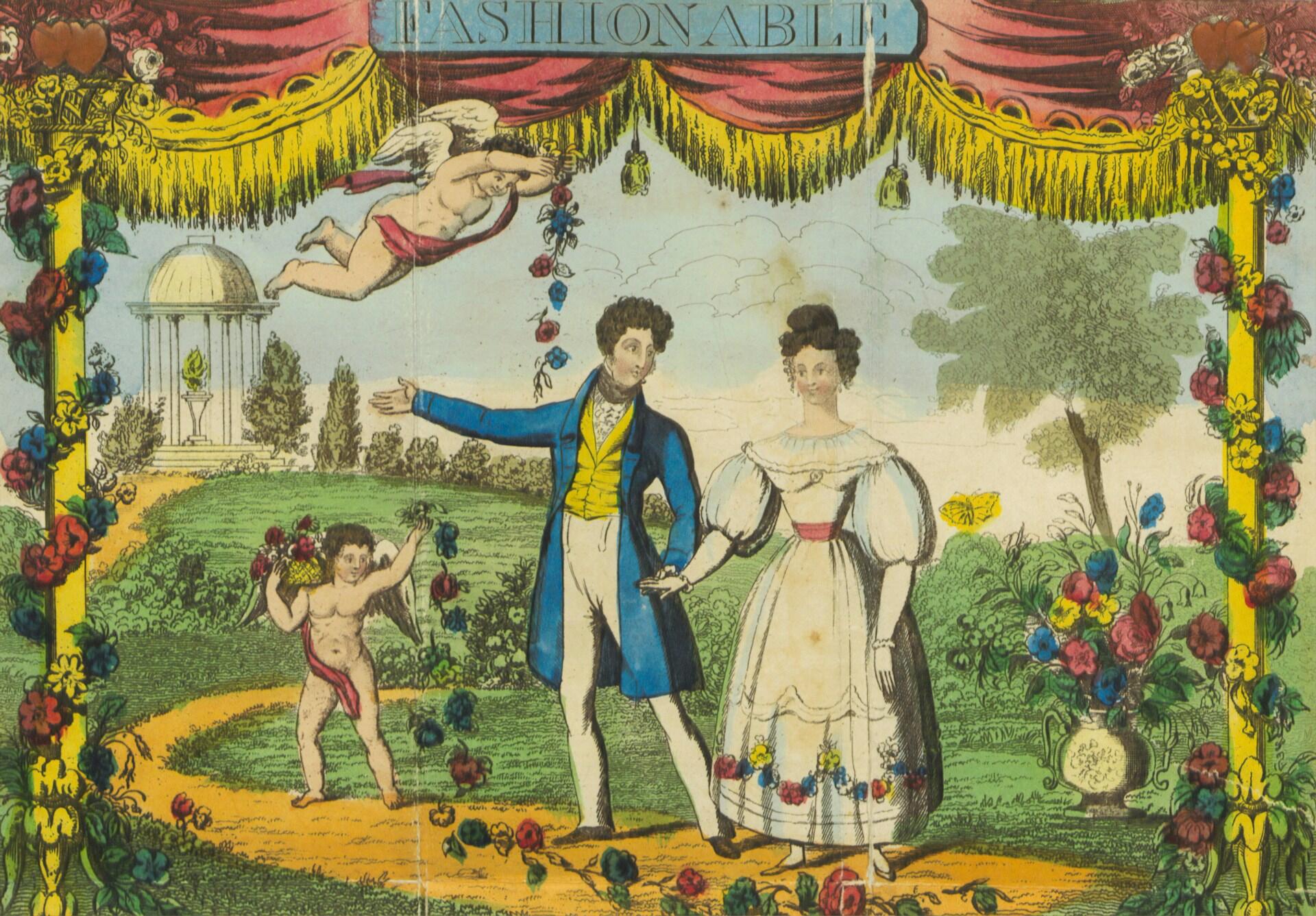
Sexuality in Victorian Times
Queen Victoria was hailed as a paragon of virtue but she was no stranger to sauciness, as her diaries reveal. She and her husband possessed an extensive collection of erotic art and enjoyed sensual pleasures found in food as well as each other.
Historians trace two sources:
1. Reducing idle pleasures to focus on counteracting French Revolution effects.
2. The growing influence of the evangelical movement.
Starting around 1780, the English gradually became more inhibited, passive, orderly, and polite. By the mid-1800s, women were clad from neck to toe, homosexuality was outlawed, prostitution was questioned, and sex beyond procreation was considered vile and immoral.
Bram Stoker's shocking revelation of women as vampires showed women as lustful creatures. In those days, rampant sexuality was taboo, especially in women.
The Victorian Fear of Disease
England suffered several catastrophic epidemics, including the Great Plague of London that claimed roughly 20% of the city's population. Sexually transmitted diseases were another greatly feared social ill that Victorian morality helped to suppress. Food poisoning was also a very real concern. Clearly, people had good reasons to fear disease.
And then, along comes a vampire, whose erotic bite could curse victims to a life as an undead. Vampires were beings that sapped their victims of their life force. They were filth from the dark. They were disease incarnate.
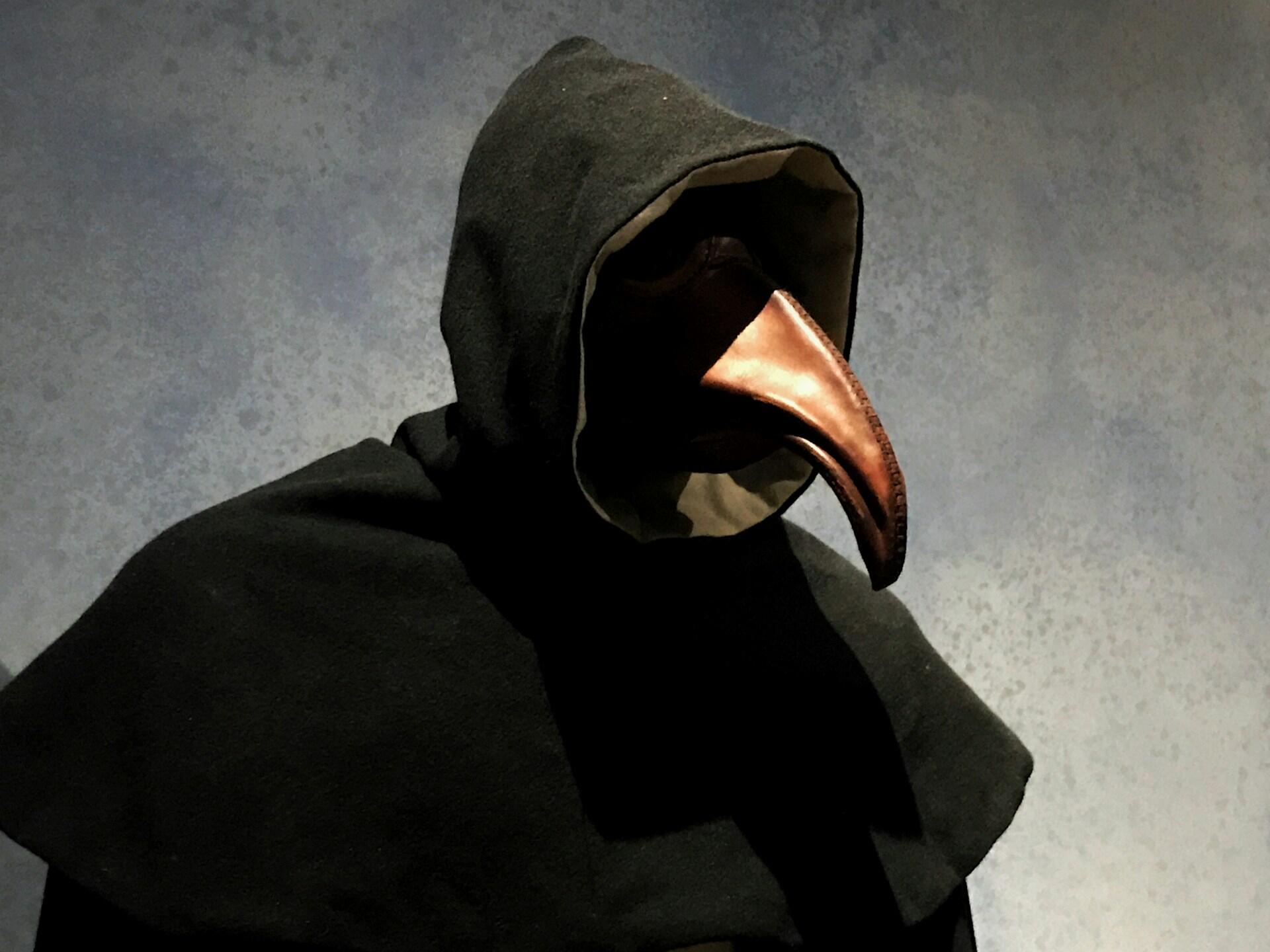
The Unknown Other
The English had plenty of reasons to fear immigrants. Religious and political sensibilities ruled the day, which excluded anyone who believed differently. Also, the society was rather closed; it wouldn't allow even the social classes to mingle.
Eastern European immigrants earned a special hatred because they didn't mind working for lower wages. This drove down salaries across the board and took work opportunities away from citizens.
Dracula came from Eastern Europe. He brought his own soil with him and, with it, claimed several properties across London. Bram Stoker could not have portrayed the English fear of the 'unknown other' in more graphic terms.
Dracula Analysis: How This Work Shaped Vampire Literature
By no means is Bram Stoker's Dracula the first vampire story but it is, by far, the most impactful. As one of literature's most iconic monsters, it's natural that Count Dracula would inspire books, films, and television series. How many of these titles have you enjoyed?
Film
- Nosferatu (1922, 1979, 2024)
- Interview with the Vampire (1974)
- Twilight (2008)
- Only Lovers Left Alive (2013)
- Sinners (2025)
Book
- The Vampire Chronicles (1976-2016)
- Night World series (starting in 1996)
- Vampire Blood trilogy (2003)
- Twilight (starting 2005)
- Vampire Academy (2007-2010)
- City of Bones (2007)
Series
- Buffy the Vampire Slayer (1997-2003)
- The Vampire Diaries (2009-2017)
- Interview with the Vampire (2022-)
I am Legend (book: 1954; film: 2007) is an unusual vampire story because people turned into vampires due to an infection, not erotic biting sessions. By contrast, Marcus Sedgwick's 2006 novel, My Swordhand is Singing, dives deep into history to explore mediaeval vampire folklore. Of all these titles, it comes the closest to exposing the true vampire mystique.

